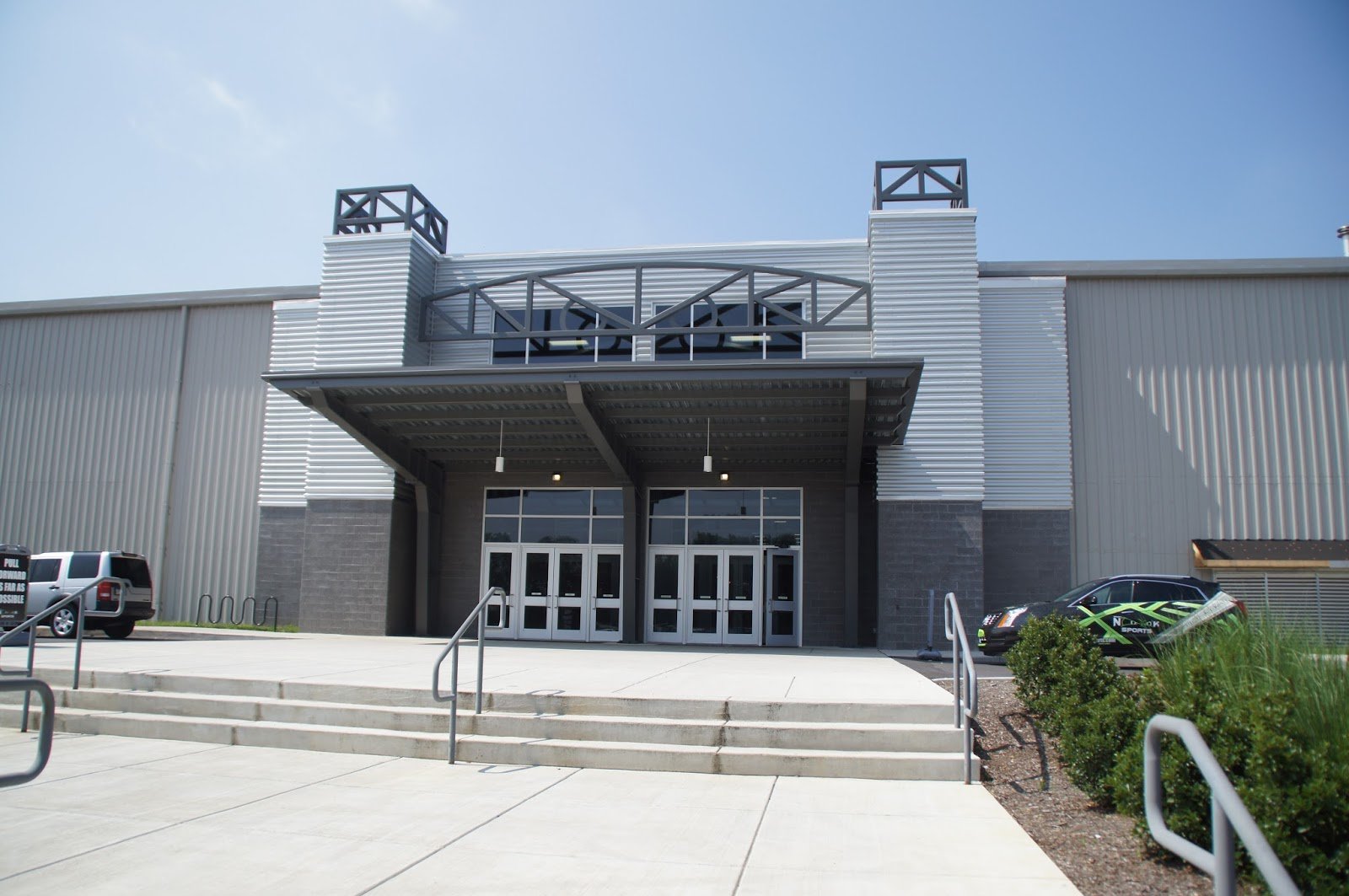
Subscribe to the Blog
Stay up to date
There is a common misconception that strength and conditioning is unsafe or dangerous for youth. I would have to agree with this statement if the training is taking place in an unsafe, unmonitored environment that does not take into consideration the individual, their age, or their maturity. If a youth athlete is taught the basics, proper form and respect for the environment that they are in, they can not only see short term sports performance benefits on the field, court, or mat but they will create a base for a life-long relationship with exercise.
Views on the safety and efficacy of youth strength training have changed dramatically in recent years. Many of the myths about the dangers of strength training in young school aged children have been debunked. It is important to remember that like any sport or activity, there is a risk of injury. But with a properly designed program and expert instruction, strength training has less risk of injury that sports participation (1). Also, strength training can help reduce the instances of injury in sports (1).
One of the most common myths is that strength training in children will damage bone growth plates. The fact is that a properly designed strength training program will increase bone mineral density in young children and promote the growth of stronger, healthier bones (1). In females this can instill the habits of an active lifestyle, which will help offset the risk of osteoporosis in the future (1).
It is also assumed that because children lack the higher levels of androgen hormones, specifically testosterone, that strength training will not increase their muscular strength. However, high levels of testosterone are not needed to show improvements in strength (1). Strength gains can be seen due to neurological adaptations in muscular control and coordination, as well as decreased antagonist muscle activity (1).
Source:
Faigenabum, A.D., Youth Strength Training: Facts and Fallacies. ACSM online articles. Published January 13, 2012. Available at: http://www.acsm.org/access-public-information/articles/2012/01/13/youth-strength-training-facts-and-fallacies













